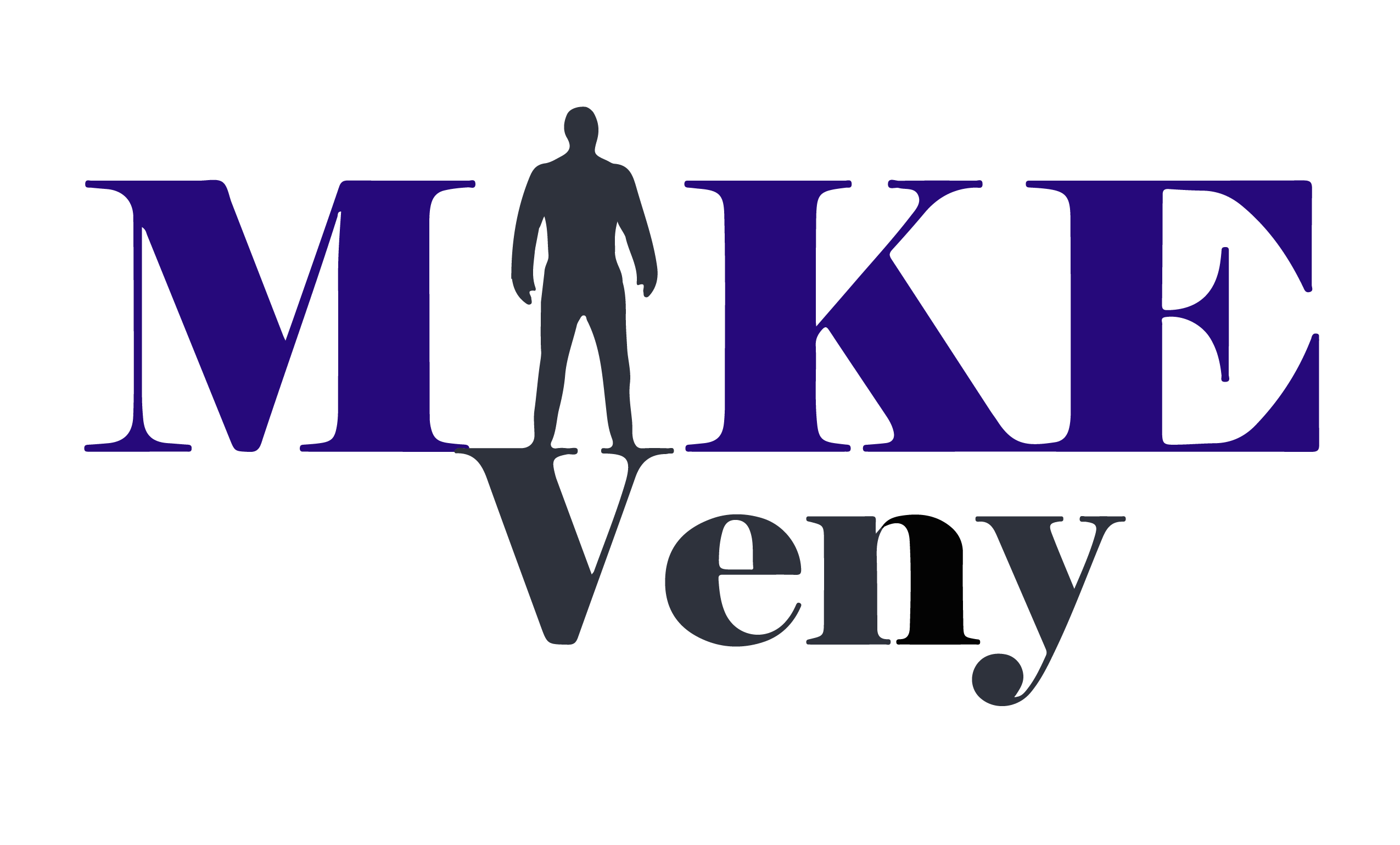
In today’s fast-paced world, mental health has become a critical issue that demands attention. Creating an effective mental health PowerPoint presentation is a powerful way to educate, raise awareness, and provide support to those in need. A well-crafted presentation can have an impact on audiences ranging from students and educators to healthcare professionals and corporate teams, offering valuable insights and resources for mental health education and support.
Since 2011, delivering mental health presentations has been my full-time job. Over the years, I’ve learned a lot about what makes these presentations effective—and what doesn’t. Unlike a mental health professional, I’ve had to go the extra mile to establish credibility while also being transparent about my role. It’s essential to have the right guardrails in place, ensuring that if someone is triggered, they are directed to the appropriate resources. Balancing all these elements is a dance—one that requires preparation, authenticity, and adaptability.
For the first ten years of my career, I didn’t use PowerPoint slides. Instead, I memorized my presentations, sometimes delivering three-hour workshops entirely from memory. I learned the power of this approach from Rabbi Daniel Lapin’s book Thou Shall Prosper, where he shares a formative experience from his youth. At age 14, Rabbi Lapin was preparing to give his first public speech, relying on carefully written notes. Just before he went on stage, his father—an accomplished orator—unexpectedly ripped his notes to shreds and told him to speak without them. Initially panicked, Lapin was forced to internalize his message rather than read from a script. The result? A more authentic and engaging presentation that connected deeply with the audience.
This lesson stuck with me. When you memorize your presentation, you own it. Speaking without notes allows you to engage fully with your audience—making eye contact, using natural gestures, and focusing on delivery rather than reading. It transforms a speech from a simple transfer of information into an experience that resonates. More importantly, it builds confidence in your ability to adapt and respond in the moment, which is crucial when discussing sensitive topics like mental health.
That said, while memorization is a powerful tool, it’s not about rigidly repeating a script. It’s about knowing your material so well that you can deliver it with fluency and flexibility. If specific details or figures must be included, a teleprompter or subtle reference notes can be helpful—but they should never become a crutch. The goal is always to communicate with authenticity and presence, making a lasting impact on your audience.
This article aims to guide you through the process of developing a compelling mental health presentation. We’ll explore how to understand your audience and purpose, structure your content effectively, and design visually engaging slides. Additionally, we’ll discuss key topics to cover, such as stress management, suicide prevention, and mental health first aid training. By following these guidelines, you’ll be well-equipped to create a presentation that not only informs but also inspires action and promotes mental health awareness.
Understanding Your Audience and Purpose
To create an effective mental health PowerPoint presentation, it’s crucial to understand the audience and define clear goals. This process involves identifying key stakeholders, setting presentation objectives, and researching audience demographics.
Identifying key stakeholders
When developing a mental health presentation, it’s essential to recognize the various stakeholders involved. These may include patients, caregivers, family members, healthcare providers, policymakers, and advocacy organizations [1]. Each group has unique perspectives and needs that should be considered when crafting the presentation content.
For example, patients and their families might be interested in learning about available support services and treatment options. Healthcare providers, on the other hand, may benefit from information on the latest research findings and best practices in mental health care.
Defining presentation goals
Clear objectives are vital for a successful mental health PowerPoint presentation. Goals may include raising awareness, providing education, or promoting specific actions related to mental health. When setting these goals, consider the following:
- Addressing common questions: Focus on answering queries frequently heard by counselors, such as “How can I be happier?” or “What can I do to improve my relationships?” [2]
- Motivating the audience: Aim to keep people motivated and confident in their ability to meet mental health goals.
- Teaching goal-setting skills: Help audience members learn how to set their own mental health objectives.
Researching audience demographics
Understanding the demographics of your audience is crucial for tailoring your mental health presentation effectively. Consider factors such as age, gender, education level, and cultural background. Recent research has revealed interesting insights about different age groups and their attitudes towards mental health:
- Young adults (18-34 years old) reported the poorest mental health among surveyed groups, with 27% rating their mental health as poor or fair [3].
- Older adults (65 and above) showed the most positive attitudes towards mental health, with 92% agreeing that having a mental health disorder is not something to be ashamed of [3].
- Young adults were more likely to believe that most mental health disorders do not require treatment compared to older age groups [3].
By considering these factors, you can create a mental health PowerPoint presentation that resonates with your specific audience and achieves its intended purpose.
Structuring Your Mental Health Presentation
To create an effective mental health PowerPoint presentation, it’s crucial to structure your content in a way that engages your audience and delivers your message effectively. Here’s how to organize your presentation for maximum impact:
Opening with impact
Start your presentation with a powerful opening to grab your audience’s attention. Consider using a breathing exercise or an icebreaker activity to help put people at ease. This approach can set a positive tone for the session and prepare participants to engage with the material. It’s also important to establish clear expectations and boundaries for the discussion, emphasizing that the presentation is a learning environment, not a therapy group.
Main content organization
Organize your main content into clear, manageable sections. Focus on key areas such as mental health and wellness, language and marginalized groups, stress management, and supporting others. Use visuals and graphics to complement your talking points and make complex information easier to understand. Remember that each slide should have one central objective or main idea, and it should take about a minute or less to discuss.
When presenting sensitive topics, consider using content warnings to prepare your audience for potentially challenging material. This allows participants to emotionally prepare themselves or make a choice about their level of engagement.
Closing with a call-to-action
End your presentation with a strong call-to-action that motivates your audience to take steps towards better mental health. Emphasize the importance of seeking help when needed and provide information on available resources, such as counseling services or mental health first aid training. Encourage participants to continue the conversation about mental health awareness beyond the presentation.
Remember to allow time for questions and reflections at the end of your session. If possible, plan to stay after the presentation to address any concerns or questions participants may have. This approach demonstrates your commitment to the topic and provides additional support to those who may need it.
By structuring your mental health PowerPoint presentation in this way, you can create a compelling and informative experience that resonates with your audience and promotes mental health awareness and education.
Designing Visually Engaging Slides
Creating visually appealing slides is crucial for an effective mental health PowerPoint presentation. By using appropriate color schemes, relevant images, and data visualizations, presenters can enhance audience engagement and comprehension.
Choosing appropriate color schemes
Color plays a significant role in setting the tone and evoking emotions in a presentation. For mental health topics, it’s essential to select colors that promote calmness and reassurance. Blue is a popular choice for its soothing effect, as studies have shown it can slow breathing and pulse rates [4]. Light blue backgrounds work well in relaxed environments and encourage interaction. Green is another friendly color that stimulates discussion, making it ideal for educational presentations or workshops [4].
When designing slides, consider using a gradient of warm hues to convey confidence without appearing aggressive. For example, a palette of softer red-orange, fuchsia, and shell pink can create a confident yet approachable atmosphere [5].
Using relevant images and graphics
Incorporating appropriate visuals can significantly enhance the impact of a mental health presentation. Choose images and graphics that resonate with your audience and support your message. For instance, the MindEase PowerPoint template features eye-catching illustrations that capture attention while maintaining a professional appearance [6].
When selecting visuals, opt for relatable illustrations that help break down complex mental health concepts into easily digestible points. The MindScape PowerPoint template exemplifies this approach, using a clean layout to present information effectively [6].
Incorporating data visualizations
Data visualization is a powerful tool for presenting complex medical statistics in a digestible format. Charts, graphs, and infographics can help convey important information about mental health trends and statistics. For example, the Mental Health Clarity Slides template offers a clean design with a soothing color palette, perfect for presenting complex mental health topics in an approachable way [6].
When creating data visualizations, arrange colors from dark to light to make them easier for the audience to scan [4]. This approach can help emphasize key points and make your mental health PowerPoint presentation more impactful and memorable.
Conclusion
Creating an effective mental health PowerPoint presentation has a significant influence on educating and supporting diverse audiences. By understanding your audience, structuring content thoughtfully, and designing visually engaging slides, you can craft a presentation that resonates and inspires action. The key lies in balancing informative content with sensitive delivery, ensuring that complex topics are presented in an accessible and impactful manner.
To wrap up, remember that a well-crafted mental health presentation can be a powerful tool to foster awareness and promote positive change. It’s crucial to keep the conversation going beyond the presentation itself, encouraging ongoing dialog and support.
Learn more about my mental health presentations, pricing and availability to further explore how to make a lasting impact in this vital field.
FAQs
What are the five key rules for creating a PowerPoint presentation?
When designing PowerPoint slides, it’s beneficial to follow the “5-5-5″ rule to keep your audience engaged: Use no more than five lines per slide, no more than five words per line, and spend no more than five minutes on each slide. This helps in maintaining clarity and conciseness.
What guidelines should I follow to prepare an effective PowerPoint presentation on mental health?
To create an effective PowerPoint presentation, utilize the slide master to ensure a uniform design across your presentation. Keep your slides simple by limiting the text and avoiding excessive punctuation and all-capital letters. Use contrasting colors for your text and background to enhance readability.
How does mental health impact the people around the affected individual?
Mental health issues extend beyond the individual and can significantly affect their family members and close associates. It’s common for those around someone with a mental health condition to experience a range of emotions including anxiety, anger, frustration, or sadness.
What are some strategies I can implement to enhance my mental health?
Improving your mental health can be achieved through several practical steps: engage in regular physical activity like daily walks, eat balanced meals and stay hydrated, prioritize sleep, participate in relaxing activities, set realistic goals, practice gratitude, maintain a positive outlook, and keep a strong social network.
References
[1] – https://www.ncbi.nlm.nih.gov/pmc/articles/PMC6943830/
[2] – https://www.slideshare.net/DrSnipes/goal-setting-1197919
[3] – https://www.apa.org/news/press/releases/2019/05/mental-health-survey
[4] – https://www.presentationteam.com/psychology-of-color-in-powerpoint-presentations/
[5] – https://www.shutterstock.com/blog/color-palettes-for-presentations
[6] – https://infografolio.com/blogs/inspiration-by-infografolio/best-mental-health-powerpoint-infographic-templates




